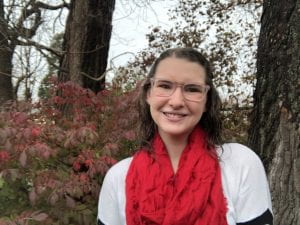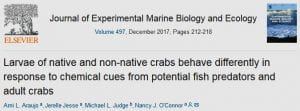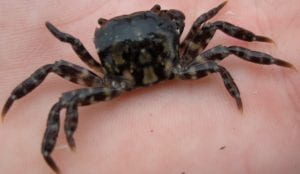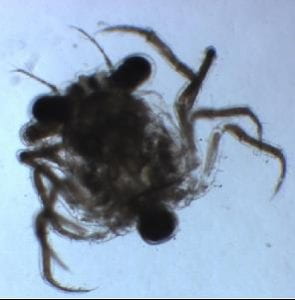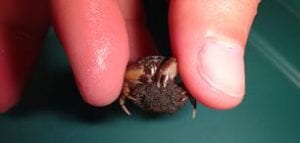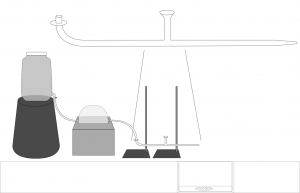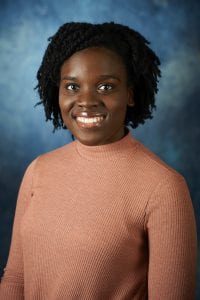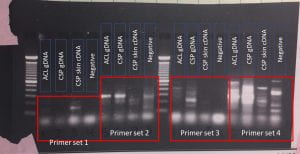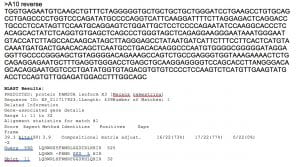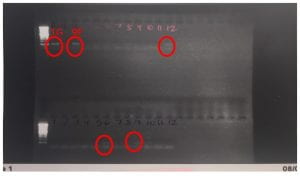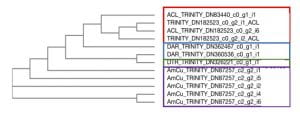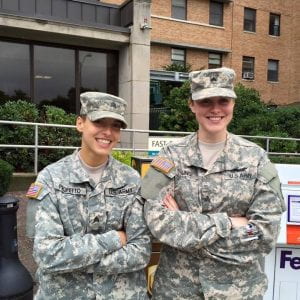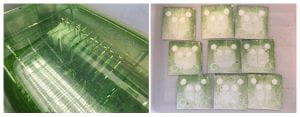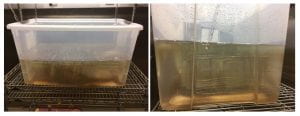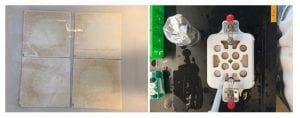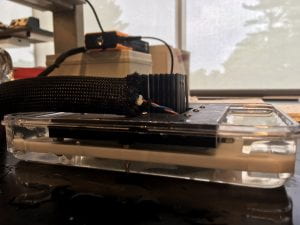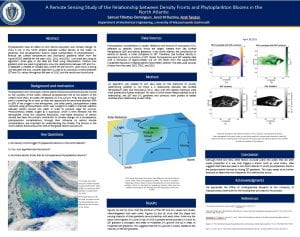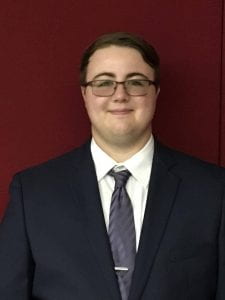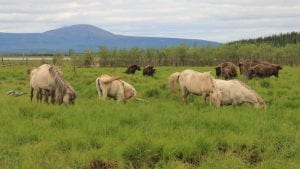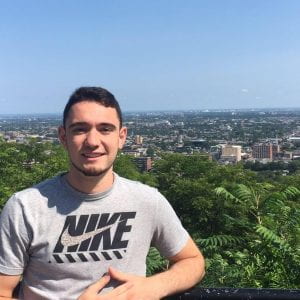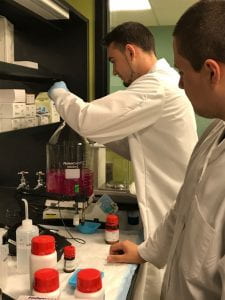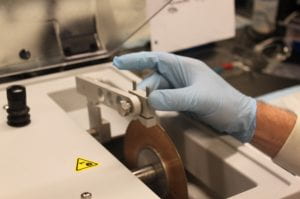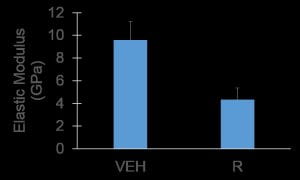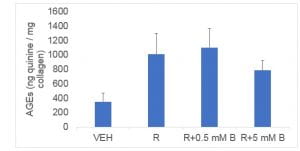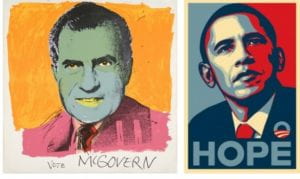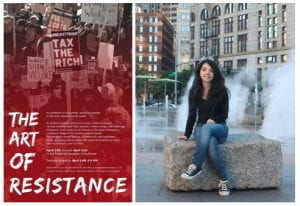Research in Rhetoric and Communication
Evolution of the Princess Culture: Discourse Analysis of Film and Merchandise Reviews
By Morgan Banville
I am a senior English Literature and Criticism, and Writing, Rhetoric and Communication major. This research was partially supported by the OUR created for my Honors Thesis at UMass Dartmouth. My project was advised by Katherine DeLuca and Caroline Gelmi. Their hard work and dedication is greatly appreciated.
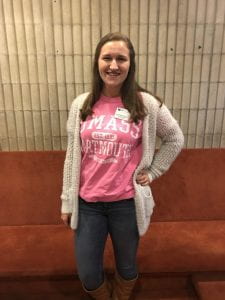
Portrait of Morgan Banville
The purpose of this study was to describe the ways in which film and merchandise reviews for Disney princess films such as Pocahontas, The Princess and the Frog, Brave, and Moana, depict Disney’s attempts at becoming progressive in their representations of female role models for young children. The study was conducted in response to the ongoing discussion surrounding the Disney films and their inability to represent realistic and attainable role models for viewers. The basic design of the study was conducted through coding and discourse analysis. The study focused on how stereotypically racial and gendered rhetoric is used to describe the princesses, as well as the reliance on a male figure and various sexual innuendos. Despite some progress, there are a few issues that remain with how Disney princesses are portrayed. Both film and merchandise reviews continue to use coded rhetoric, which creates unrealistic expectations for young children as well as inadequate role models.
§
When one hears the word “princess,” more often than not the image of a Disney Princess comes to mind. The image of a Disney princess is usually standard throughout the line: the women are heteronormative, accompanied most often by a prince, and oftentimes descendants of royal blood or married into royal blood. The stereotype associated with the princess line are women who display incredible beauty, have skinny waists, sleek hair, and perfect clothing. Although the flawless features of the princesses are a distinguishing feature, this also poses some issues for those seeking women who are not “perfect.” In my research, I analyzed film and merchandise reviews because these mediums are primarily where the audiences are being influenced. Both children and adults alike are highly influenced by visual rhetoric; an adult is more inclined to watch a film with their child and comment on it rather than a child going online and writing a review. In this way, the data I gathered allows for an analysis of the perceptions parents have of the culture that is impacting their children.
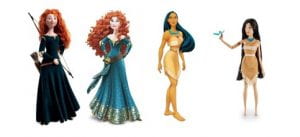
Merida from Brave representations & Pocahontas Film versus Merchandise
In my research I found that Disney merchandising and films have racially charged rhetoric that impacts audiences’ perceptions of the princesses. The film and merchandise reviews displayed terms relating to stereotypical racism in regard to expectations of that particular race, as well as terms demeaning the race. Disney merchandising and films also perpetuate specific beauty standards. The inclusion of demeaning physical descriptions of the princesses also serves to weaken their characters and perpetuate sexist ideals for women. These perceptions, it seems, can lead to internal biases when examining the films and even could be a contributing factor to the disagreements regarding whether or not princesses are negative influences for young girls.
§
I applied the methodology of Discourse analysis and coding method to the film and merchandise reviews. Discourse analysis examines how language is used to construct “ways of being in the world.” Coding categorizes language to make sense of dominant trends. Using the coding method, I categorized the rhetoric of film and merchandise reviews into categories associated with racism/racial terms, gender ambiguity, sexual innuendos, and stereotypically feminine/masculine terms. To categorize and code the films and merchandise, for example, I documented the typical masculine traits such as athleticism, bravery, or independence, as well as the feminine rhetoric such as any action or trait relating to showing emotion, physical features (pretty, beautiful, gorgeous), or being submissive. After studying the merchandise and film reviews of the Disney princesses, the reviews, and thus the films, I found the merchandise and reviews reinforce traditional gender roles for the princesses and the negative portrayals of Disney princesses in reviews have the potential to impact the creation of positive role models for young girls by misrepresenting the characters that children often admire and emulate. This research on the princesses could be extended to analyze the portrayal of other female characters in Disney movies, therefore contributing to the ongoing research on gender in media and the discourse between merchandise and films.


